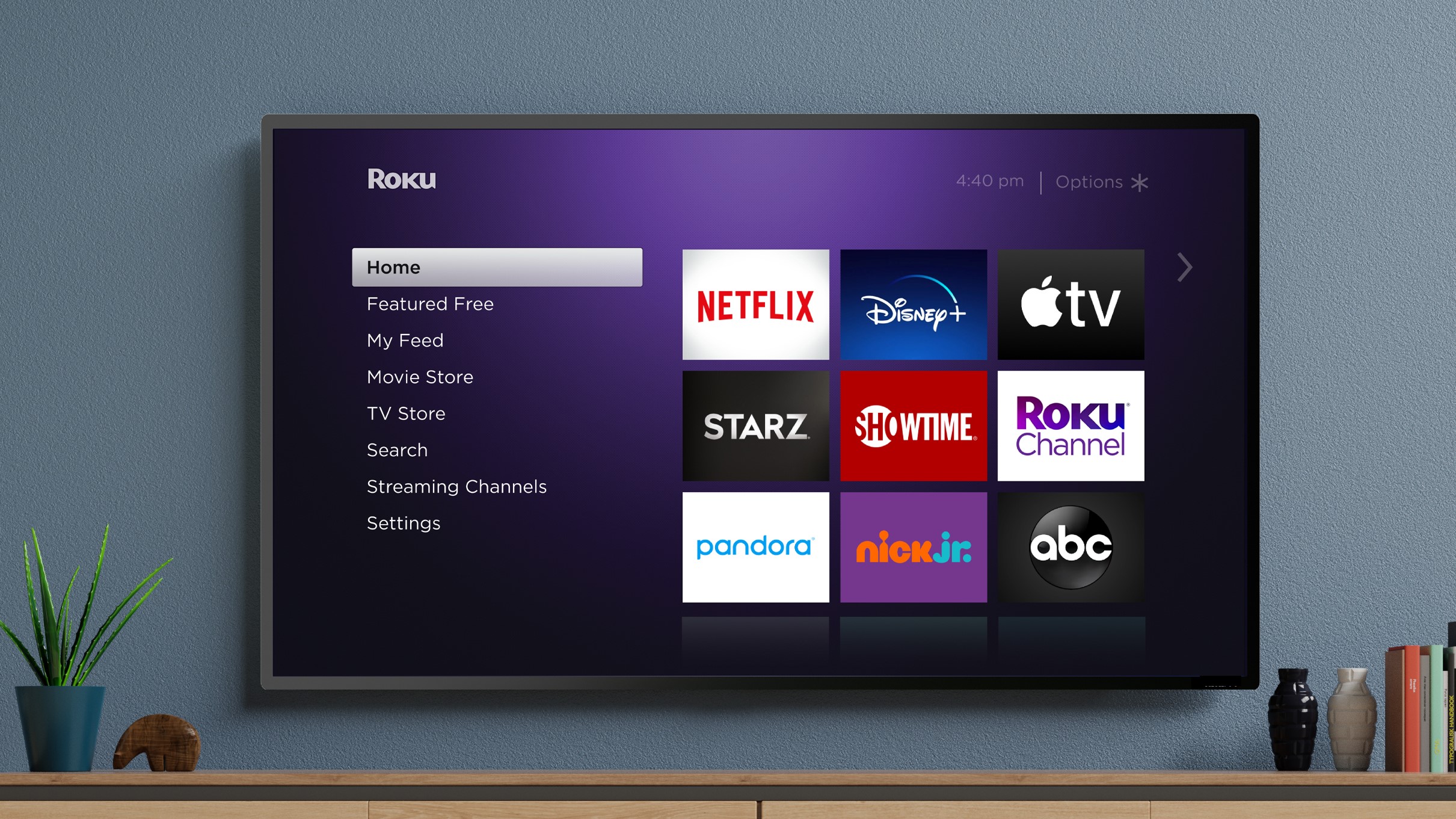Hub: Consumers Use 6 Sources for TV Viewing Needs
Up one from last year and nearly twice as high as 2019

BOSTON—To keep up with all the TV content out in the world today, users are relying on more TV sources than ever before. According to the latest report from Hub Entertainment Research, the average consumer uses 5.7 different sources of TV content.
The sources that consumers are using range from traditional pay-TV, streaming services and over-the-air reception through an antenna. The 5.7 average that Hub reports for 2021 is nearly one service higher than in 2020 (4.8) and nearly double what it was prior to the Covid-19 pandemic in 2019 (3.7).
Streaming, unsurprisingly, is a big reason for the rise in the average. Nearly eight in 10 users now use a streaming TV service, per Hub. That number is 19 percentage points higher than those who have a traditional pay-TV subscription. Traditional pay-TV has actually dropped by seven percentage points since 2020.
However, there was only a two percentage point increase in consumers saying they started using a streaming service compared to last year. What is driving the growing gap between streaming and pay-TV is the increase in use of multiple streaming services and greater adoption of free, ad-supported services.
More than half (59%) of all TV consumers say they use two or more of the top SVODs (Netflix, Amazon Prime Video, Hulu, Disney+ or HBO Max). That is up eight points from 2020. Use of AVOD services (Roku Channel, Pluto TV, Peacock) is also up eight points to 48% of consumers.
Some consumers are expecting to continue to add to their available services. One in five (21%) say they plan to sign up for a new service in the next six months. Majority of those planning to add will do so without cutting another service. Those with four or more services are actually more likely to add another subscription without replacing anything, per Hub.
In terms of satisfaction, about 52% of consumers says their bundle of services meet their needs “very well,” while 42% said “somewhat well” and just 6% said “not at all well.”
The professional video industry's #1 source for news, trends and product and tech information. Sign up below.
For more information, visit Hub’s website.
